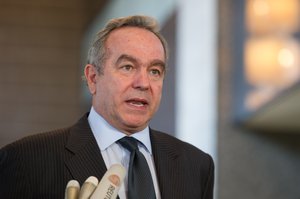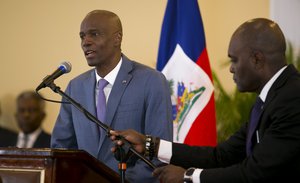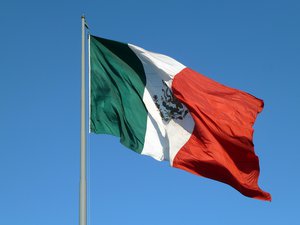Latest News for: mark boslough
Edit
Recalling wild April Fools' pranks
Sun Star 31 Mar 2021
Today is April 1. Usually, it is a day when jokes and pranks abound in observance of April Fools’ Day ... Fooling with Pi. Math lovers were up in arms when Mark Boslough spread the fake news that lawmakers in Alabama were changing “3.14159” to just “3.” Well, there might be some juice as to why people thought this was possible ... Fooling with pasta.
Edit
 Henry Herald
31 Mar 2021
Henry Herald
31 Mar 2021
A meteorite exploded in the air above Antarctica 430,000 years ago
 Henry Herald
31 Mar 2021
Henry Herald
31 Mar 2021
Smaller objects, which are much more abundant, explode in the atmosphere and do not form a crater," said Mark Boslough, a researcher at the University of New Mexico, who has studied meteorite explosions but wasn't involved in this latest study ... It would have meant lots of them interacting with each other when they were at a very high temperature ... .
Edit
How the Covid-19 pandemic broke Nextdoor
Vox 09 Feb 2021
“It’s just the kind of classic stuff that you probably saw on other social media,” Mark Boslough, a physicist who uses Nextdoor in Albuquerque, New Mexico, and who took over a coronavirus-focused citywide group early on in the pandemic, told Recode in December ... Boslough, who is ...
- 1


















